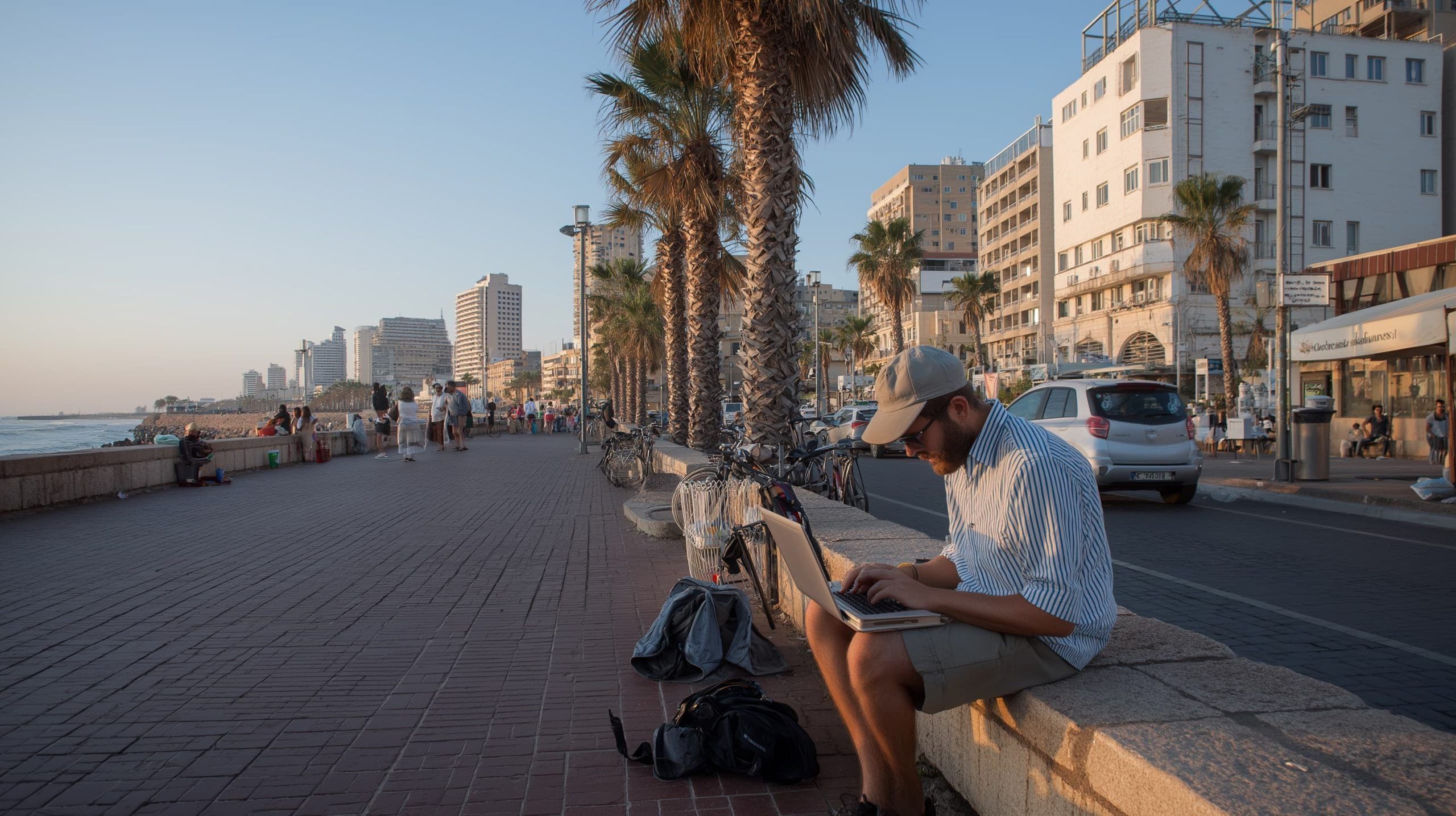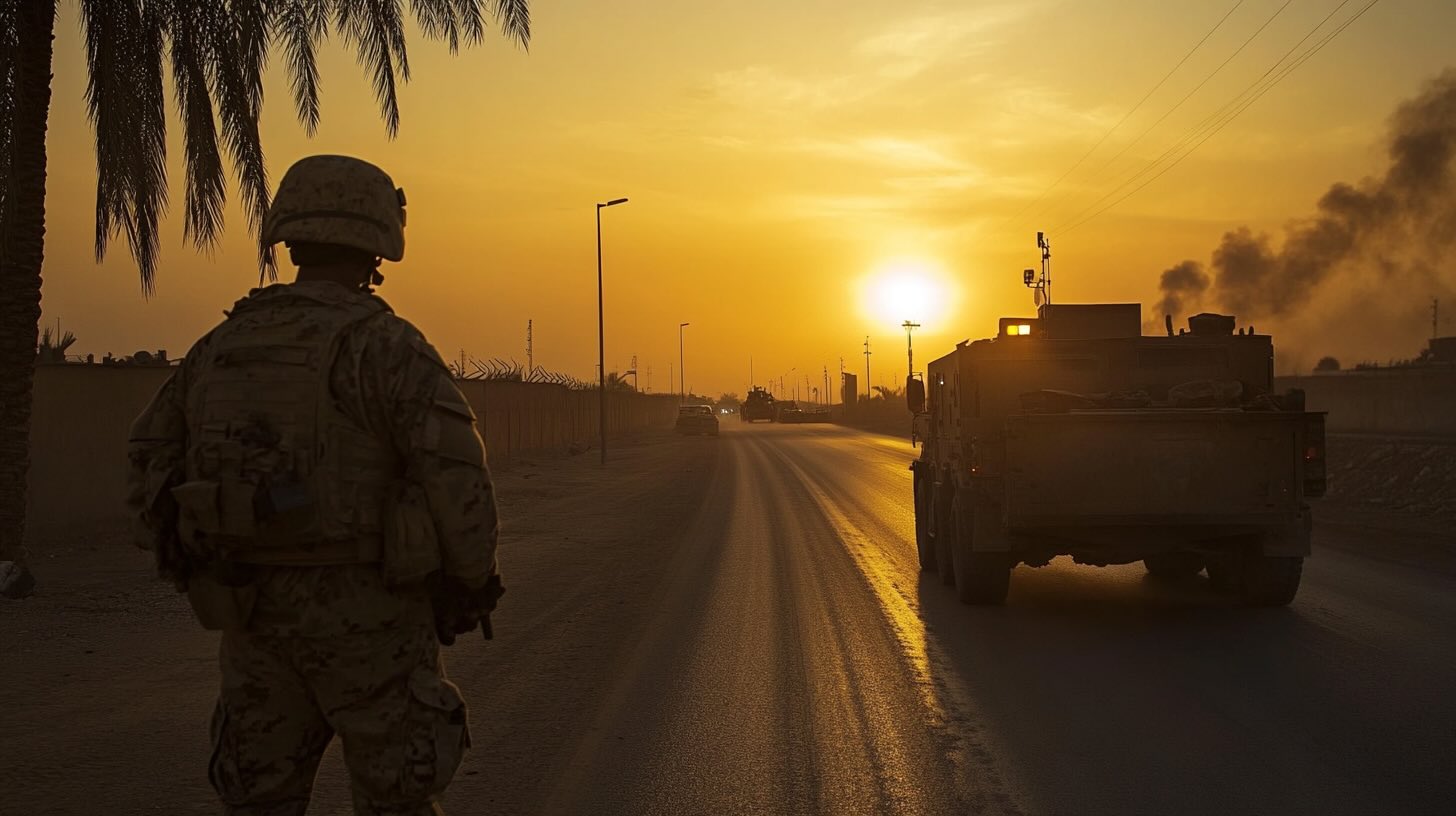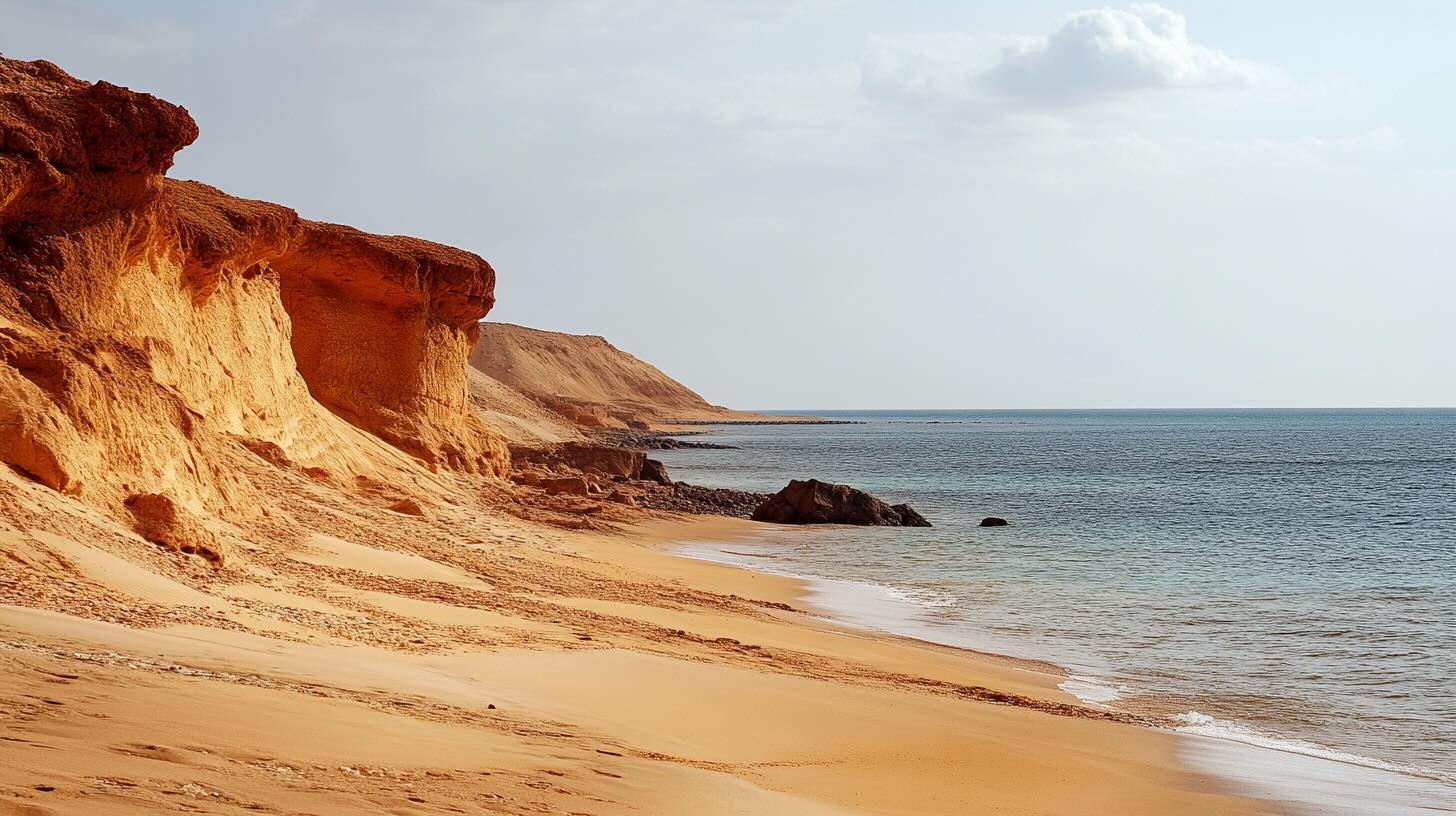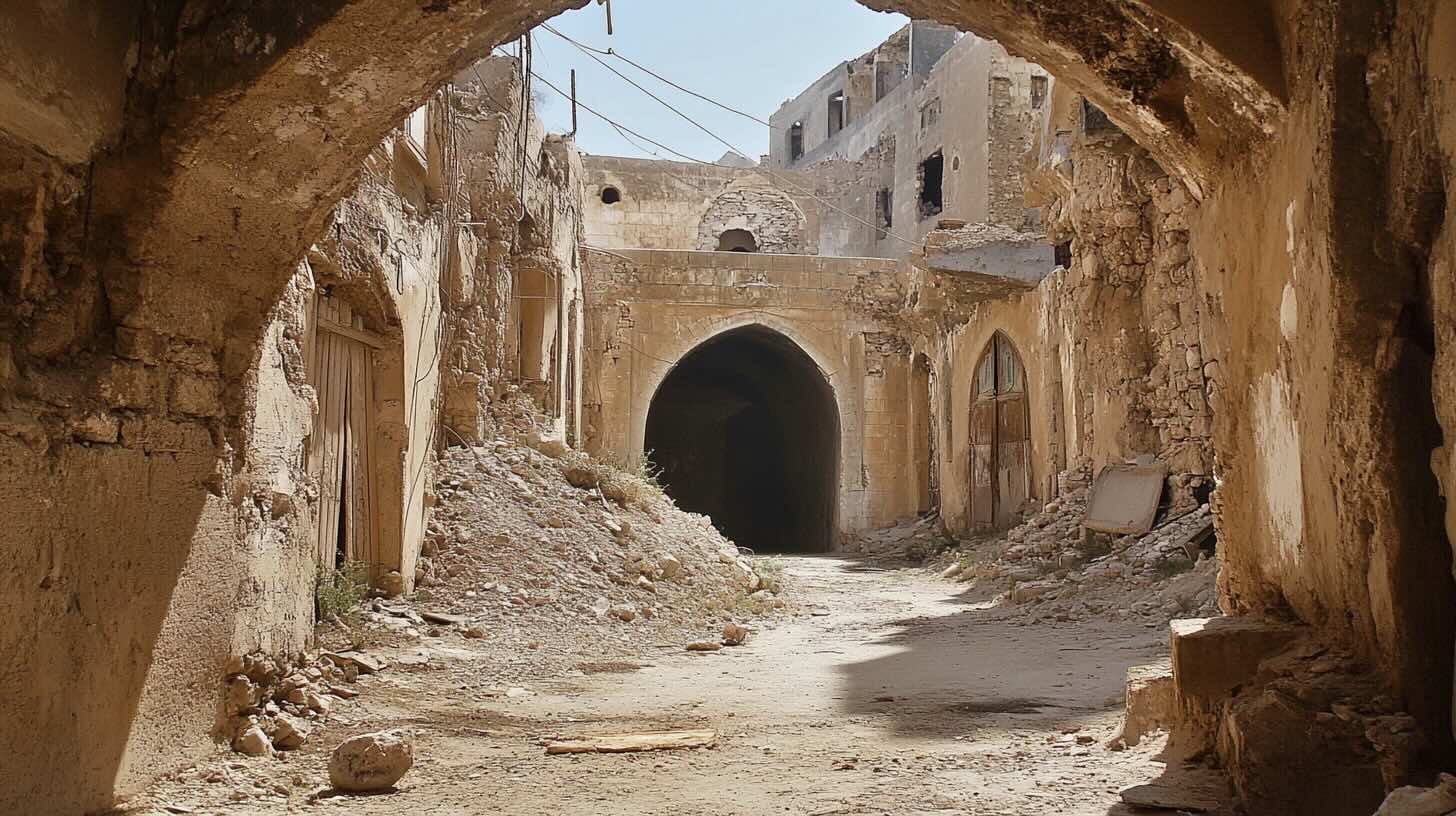
Internet Access in Israel
In early 2024, 92.1% of Israelis—about 8.51 million people—were online, according to DataReportal. Israel has about 10.40 million mobile subscriptions, yielding 112.5% mobile penetration due to multi-SIM usage. Roughly 92.9% of Israelis live in urban areas, with 7.1% rural. Median






